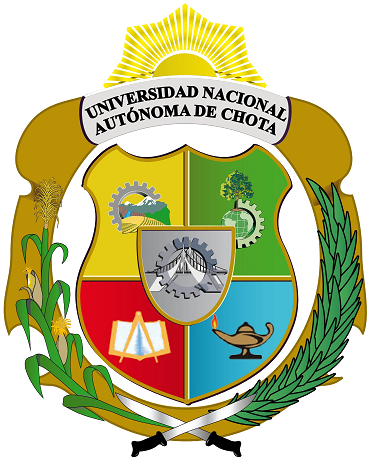Browsing Artículos científicos publicados en revistas indizadas by Issue Date
Now showing items 21-25 of 25
-
Solution to a Damped Duffing Equation Using He’s Frequency Approach
(HindawiCO, 2022-07-11)In this paper, we generalize He’s frequency approach for solving the damped Duffing equation by introducing a time varying amplitude. We also solve this equation by means of the homotopy method and the Lindstedt–Poincaré ... -
Artificial neural network-based heuristic to solve COVID-19 model including government strategies and individual responses
(Informatics in Medicine UnlockedBT, 2022-07-16)The current work aims to design a computational framework based on artificial neural networks (ANNs) and the optimization procedures of global and local search approach to solve the nonlinear dynamics of the spread of ... -
Swarming Computational Techniques for the Influenza Disease System
(Tech Science PressAS, 2022-07-28)The current study relates to designing a swarming computational paradigm to solve the influenza disease system (IDS). The nonlinear system’s mathematical form depends upon four classes: susceptible ndividuals, infected ... -
IoT technology enabled stochastic computing paradigm for numerical simulation of heterogeneous mosquito model
(springer LinkCF, 2022-11-19)In this communication, a fractional order design and numerical form of the solutions are presented for numerical simulations of heterogeneous mosquito model. The use of the fractional order derivatives is exploited to ... -
Improving 3-PG calibration and parameterization using artificial neural networks
(Elsiver IncBJ, 2023-01-23)Understanding how the physiological processes of trees are affected by the environment or silvicultural practices is important for forest management, which requires process-based models. It enables the evaluation of the ...


